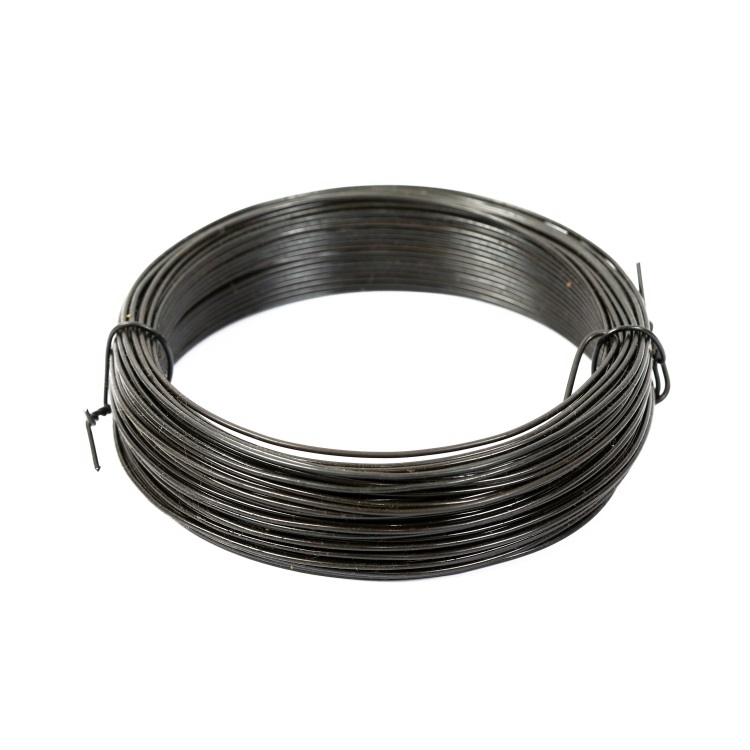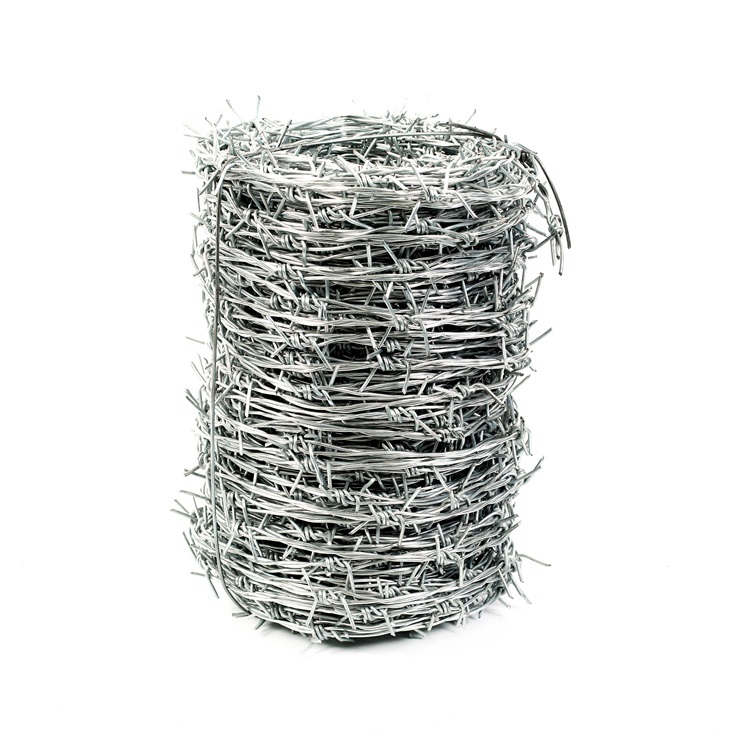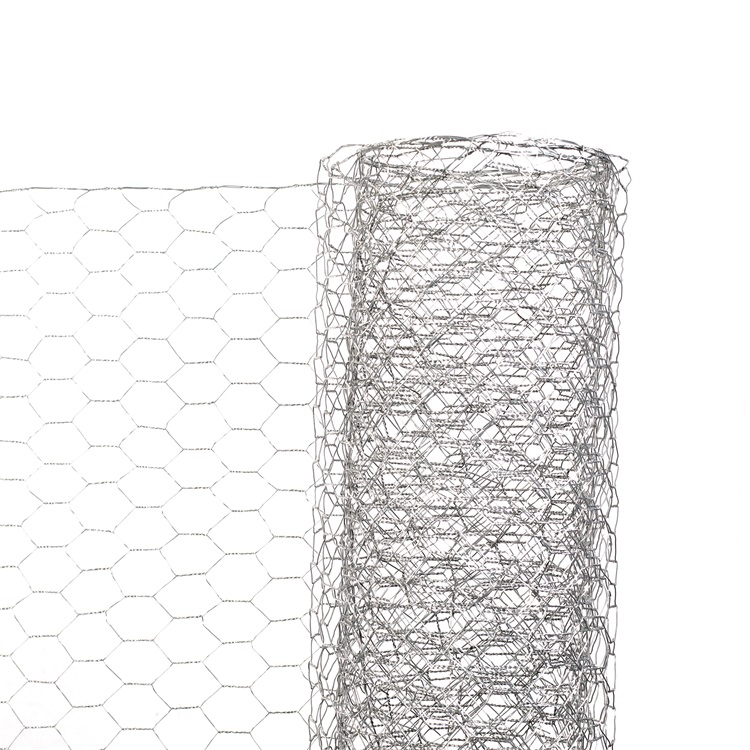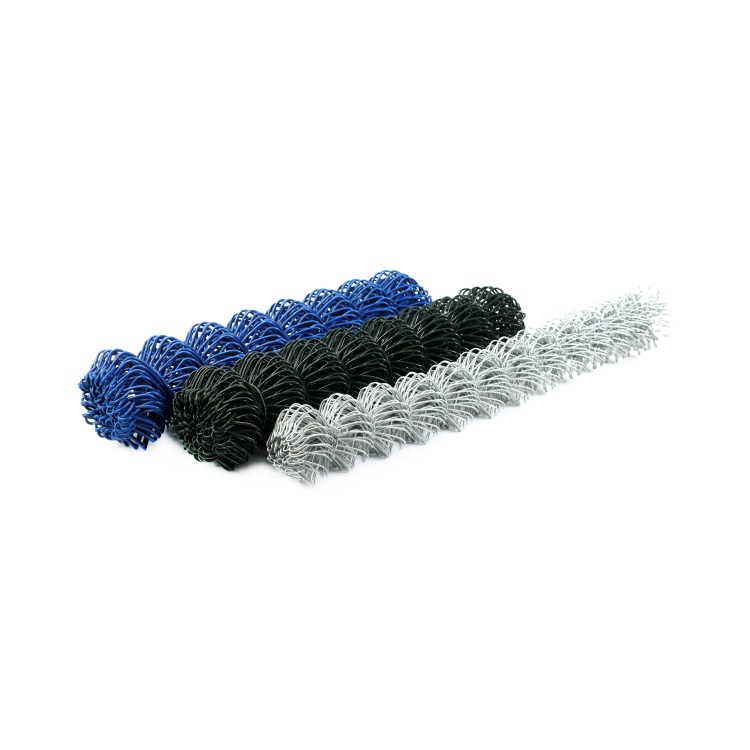Durable Chicken Mesh Wire Fence Rolls for Modern Farming and Relief Efforts
Understanding Chicken Mesh Wire Fence Roll: A Lightweight Guardian Across Regions
Chicken mesh wire fence roll might sound like something plucked from a backyard DIY project, but globally, it carries far more significance — both economically and socially. This flexible, woven wire product safeguards livestock, defines boundaries, and even supports humanitarian efforts in post-disaster relief. Its importance is quietly woven into the fabric of rural livelihoods and urban sustainability alike.
Why does this matter? Well, with rising food demand (UN forecasts show a 50% increase in meat consumption by 2050), protecting poultry and small animals becomes critical. Plus, simple, reliable fencing solutions have kept rural economies stable worldwide, especially in developing countries. Understanding chicken mesh wire fence roll isn’t just for farmers — it’s a small piece of the puzzle for global food security and sustainable farming.
The Global Context: Why Chicken Mesh Matters More Than You’d Expect
Chicken mesh wire fence rolls appear on farms spanning continents — from Southeast Asia’s rice paddies to African rural homesteads. According to the Food and Agriculture Organization (FAO), nearly 70% of rural households worldwide rely in some way on small-scale animal husbandry. Yet many face challenges like predator threats or uncontrolled grazing, which leads to losses both in food and income.
The chicken mesh wire fence roll offers a cost-effective, easy-to-deploy answer. It’s lightweight, versatile, and resilient. Even with growing urban expansion and changing land-use patterns, it remains a go-to solution for containment. Those percentages from UN data on rural poverty reduction hint at how something as “simple” as wire mesh tangibly supports livelihoods.
Mini takeaway: The chicken mesh wire fence roll plays an unsung but crucial role in protecting assets, underpinning food security, and aiding sustainable farming around the globe.
What Exactly Is a Chicken Mesh Wire Fence Roll?
Put simply, chicken mesh wire fence roll, sometimes called hexagonal wire netting, is a flexible fencing material made by weaving galvanized or PVC-coated steel wire into a hexagonal pattern. This creates a breathable but strong mesh with small openings designed to keep poultry and small animals safe while allowing airflow and visibility.
Rather than rigid panels, its form as a rolled mesh delivers flexibility for irregular terrains or temporary setups. Industries use it in agriculture, construction, and even erosion control. It’s also featured heavily in humanitarian projects, where quick enclosure and livestock protection assist displaced communities. So, it’s not just about a “chicken fence”—it’s a multi-purpose industrial staple, if you think about it.
Key Features That Make Chicken Mesh Wire Fence Rolls Work
1. Durability and Corrosion Resistance
The wire is often galvanized or coated with PVC to resist rust and withstand outdoor conditions. This longevity is essential because farmers can’t be chasing after fence repairs every season. A good chicken mesh roll can last 10+ years with moderate maintenance.
2. Flexibility and Ease of Installation
Unlike bulky panels, the roll format bends and shapes easily over uneven ground or awkward layouts. This adaptability makes it popular for both permanent and temporary fencing needs — you can fence off a garden one day and shift it tomorrow if needed.
3. Cost Efficiency
Compared to wood or rigid panel fencing, chicken mesh rolls are typically far more budget-friendly. Sourcing raw materials like galvanized steel wire is inexpensive, and their packaging saves on shipping/storage.
4. Scalability and Customization
Suppliers usually offer various mesh sizes and wire gauges, letting users pick what suits specific livestock or boundary needs. Scaled-up, multiple rolls link seamlessly for large enclosures.
5. Safety and Animal Welfare
The small hexagonal gaps prevent predatory animal entry and keep poultry safely inside, preventing escapes that could lead to loss or injury.
Mini takeaway: These combined features make chicken mesh wire fence roll a remarkably practical fencing option across industries and terrains.
Real-World Applications of Chicken Mesh Wire Fence Roll
- Agricultural Homesteads: The classic use—protecting chickens, rabbits, and small livestock on farms worldwide.
- Disaster Relief Efforts: NGOs use it to quickly build livestock pens in refugee camps, enabling displaced families to rebuild livelihoods.
- Construction and Erosion Control: Supports earthworks and holds erosion barriers in place, demonstrating its versatility beyond farming.
- Urban Community Gardens: In cities, protecting raised beds from roaming pets or vermin.
- Wildlife Conservation Projects: Crafting temporary enclosures for rehabilitation.
For instance, in East Africa following droughts, relief agencies supplied chicken mesh fence rolls to vulnerable farmers to safeguard small livestock, a critical protein source. In Australia, farmers use it extensively to guard free-range poultry, adhering to biosecurity standards.
Product Specifications: A Typical Chicken Mesh Wire Fence Roll
| Specification | Details |
|---|---|
| Mesh Pattern | Hexagonal wire netting |
| Wire Diameter | 18 to 22 gauge (approximately 1.22mm to 0.64mm) |
| Mesh Opening Size | 13mm to 50mm (depending on starter animal size) |
| Coating | Galvanized or PVC coated |
| Roll Size | Width: 0.5m to 1.5m; Length: 10m to 50m |
| Weight | Varies; roughly 4-10 kg per 10m roll |
Choosing Your Vendor: How Do They Compare?
| Feature | Vendor A | Vendor B | Vendor C |
|---|---|---|---|
| Coating Quality | Hot-dip galvanized, eco-friendly | PVC-coated, multiple colors | Standard galvanized, budget-friendly |
| Customization Options | Yes, custom sizes available | Limited sizes & gauges | Standard catalog only |
| Price per Roll (10m) (USD) |
$45-60 | $50-70 | $35-50 |
| Lead Time | 1-2 weeks | 3-4 weeks | 1 week (limited quantity) |
| Sustainability Credentials | ISO 14001 Certified | None stated | Recycled content used |
The Advantages & Long-Term Value You Can Count On
Chicken mesh wire fence rolls offer more than just simple containment. Their low upfront cost and durability mean less frequent replacements — so, long-term savings. Plus, there's a quiet confidence in knowing your animals are safer from nocturnal predators or accidental escapes.
From a social standpoint, think of the dignity and security it grants small-holder farmers, especially women in rural areas who rely on poultry as an income source. These fences help stabilize earnings and protect nutritional sources year-round.
On the environmental front, the materials can be recycled, and the lightweight design means reduced transport emissions compared to bulkier fences. It’s not just practical; it feels a bit smarter in terms of sustainability.
Looking Ahead: What's Next for Chicken Mesh Wire Fence Rolls?
Innovation doesn’t stop with just steel and plastic coatings. Some suppliers are experimenting with biodegradable coatings or integrated solar-powered sensors for monitoring animal movements remotely. Imagine a fence that alerts you if a predator breaches or if part of the fence weakens.
The push for greener farming also hints at mesh rolls made with recycled metals or produced in eco-certified facilities. Digital marketplace platforms enable farmers to order customized sizes and get them shipped faster, reducing downtime.
Automation in installation—think roll-out mechanisms or clip-on posts—could further reduce labor efforts, especially in large-scale farms.
Common Challenges (And How They’re Tackled)
One frequent complaint? The thin gauge wire can be vulnerable to damage from larger animals or weather extremes. That’s why some farms double up or combine chicken mesh with sturdier fencing for critical areas.
In wet, salty environments, corrosion can still be an issue despite coatings, but newer polymer blends and improved galvanizing methods extend lifespan beyond expectations.
Transport and storage also pose hassles because rolls can be bulky or tangled — smart packaging improvements and pre-cut segments help here.
FAQs: Clearing Up Common Questions About Chicken Mesh Wire Fence Rolls
- How do I choose the right mesh size for my chickens?
- Smaller mesh openings (12-25mm) are best for chicks or small birds to prevent escape, while larger poultry can be accommodated with 25-50mm. Consider predators too; smaller mesh deters them more effectively.
- Can chicken mesh wire fence rolls be reused after removal?
- Yes, the rolls are flexible and fairly resilient. If they’re in good condition upon removal, you can roll and store them for future use, minimizing waste.
- Is the wire coating safe for animals?
- Galvanized and PVC-coated wires are generally safe, non-toxic, and weather-resistant — designed specifically for outdoor livestock use.
- How do I maintain my chicken mesh fencing?
- Routine checks for rust spots and tears help. Prompt repair with clips or patch sections extends usage. Keep vegetation trimmed around fencing to reduce corrosion risks.
- Where can I buy quality chicken mesh wire fence rolls?
- Look for suppliers with good reviews, eco certifications, and customization options — chicken mesh wire fence roll vendors fitting this profile provide solid warranties and delivery options worldwide.
Final Thoughts: Why Chicken Mesh Wire Fence Rolls Are a Smart Investment
When it comes down to it, chicken mesh wire fence rolls are a quiet hero of the farming and rural development world. They balance cost, function, and accessibility in a way that makes sense everywhere—from the backyard farm in France to the NGO-supported villages in Kenya. The future promises smarter materials and tech, but the core mesh roll remains central.
If you’re considering fencing solutions, or you’re involved in agricultural or relief projects, investing in reliable chicken mesh wire fence rolls makes both economic and humane sense.
Explore more and find superior quality at chicken mesh wire fence roll suppliers ready to support your projects today.
References:
-
Discount 16 d Common Nails - Bulk, Durable, Fast Shipping
NewsNov.17,2025
-
Finish Nails - Durable, Rust-Resistant, Clean Countersink
NewsNov.17,2025
-
Barbed Wire: Galvanized, High-Tensile Security Fencing
NewsNov.17,2025
-
Discount 16 d Common Nails – Bulk, Durable, OEM Options
NewsNov.17,2025
-
Welded Steel Tube Temporary Fence – Galvanized, Durable
NewsNov.04,2025
-
Barbed Wire – High-Tensile, Galvanized, Bulk & Fast Shipping
NewsNov.04,2025














